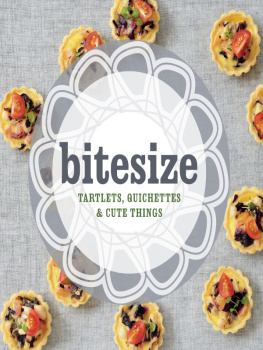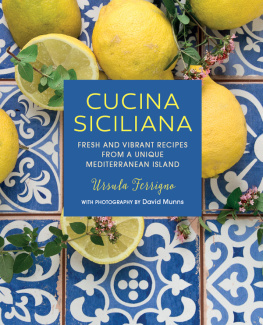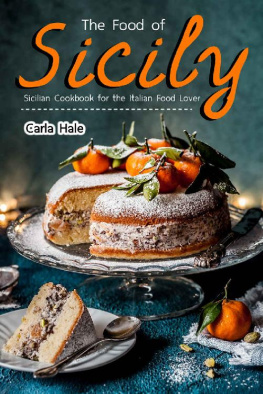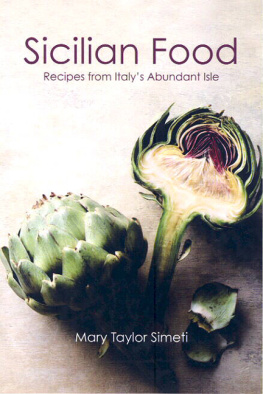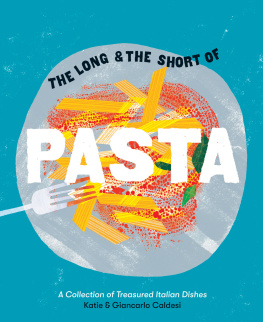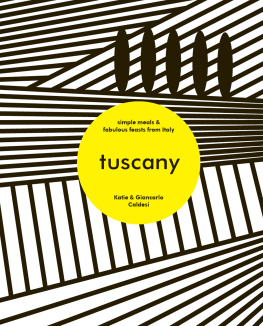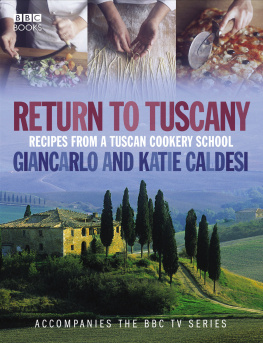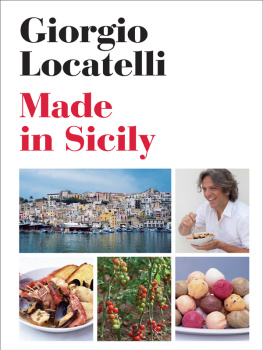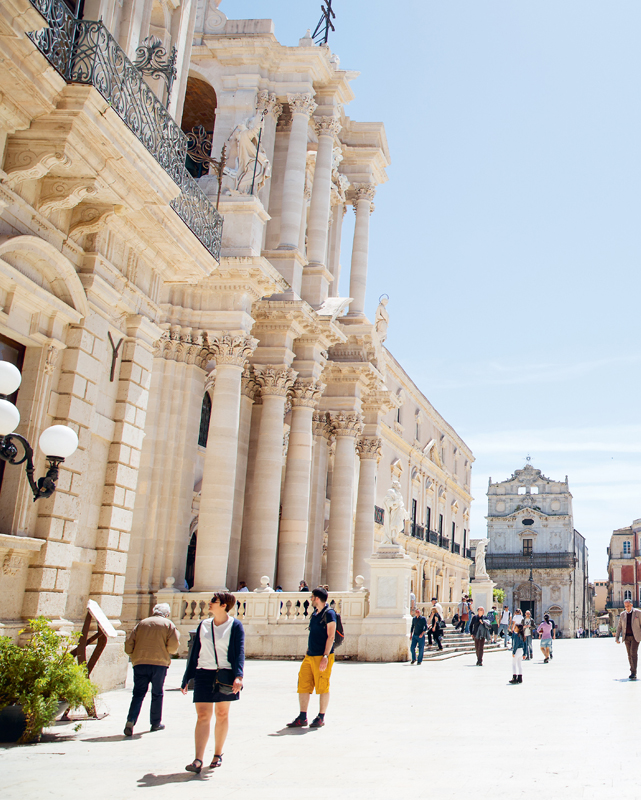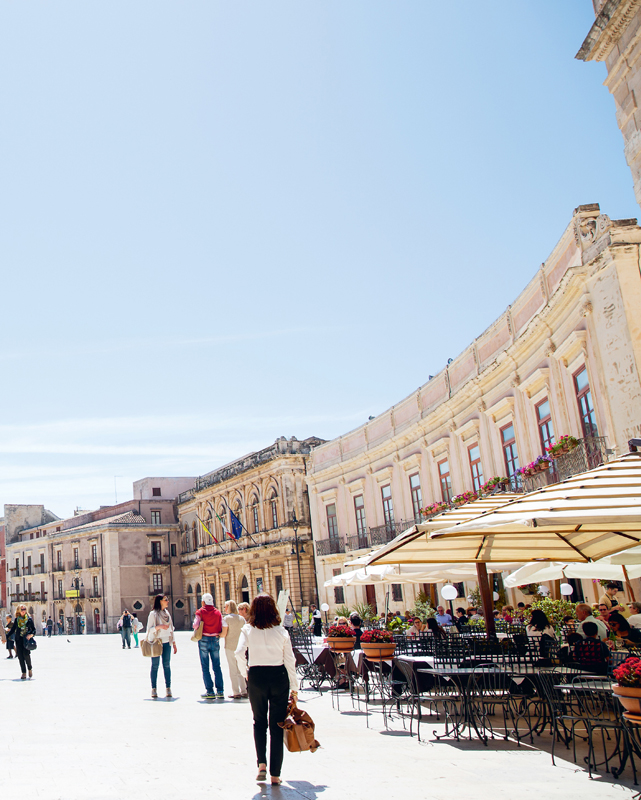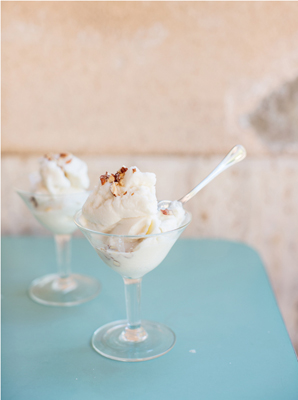ARANCINE
The word arancine comes from the Italian for oranges since they are the same colour and shape. They have been made in various forms since the days of Arab rule and were made originally by the Tuareg, the pastoral nomads, with goat meat and couscous. It was the chef of Frederick II who replaced the couscous with rice so that the arancine held together better. Saffron was added as it was thought to make them last longer. Arancine were taken on hunting expeditions by the aristocracy so that they could eat without having to light a fire and thus draw attention to themselves. The chef also covered them in egg and breadcrumbs to provide further protection and it is this coating that gives the arancine their crunch. In this way, they are similar to Cornish pasties, as you were supposed to eat just the inside and discard the crust, which was dirty from being handled. The Sicilians have a particular kind of rice for this an old variety that becomes sticky when cooked. They use the same rice in Spain for paella.
In Palermo, the different flavours are denoted by the shapes: the cones are spinach, the rounds are mushroom, the oblongs are mozzarella and ham, and the balls are the original one, the ragu. They are huge and one is enough for a whole meal. In eastern Sicily, around Catania, the arancine have a more conical shape, reminiscent of Mount Etna. When the Spanish came they brought their French chefs, the monz, and they made more delicate arancine, more like canaps.
The ragu in arancine is a little like the filling for cottage pie. It has minced (ground) meat, carrots, tomatoes and onions and is a little spicy. It contains a full-bodied red wine such as the typical Sicilian Nero dAvola and lots of black pepper. The bchamel is a binder and helps the ragu hold together. Do play around with the flavours but a little bchamel is always a good idea. Here we have made one batch and split it in half for two different flavours. The rice in Palermo is yellow with saffron and has no tomatoes in it. Good arancine should have a lot of stuffing. The breadcrumbs should be fine and ideally the balls should be fried in lard, but seed oil is a good replacement.
Flavours are open to the imagination or what you have left over in the fridge. At the recently opened Ke Palle, a shop devoted to arancine in Via Maqueda, Palermo, you will find everything from pistachio, stracchino and speck to prawn (shrimp), spinach and ricotta, and even sweet ones filled with Nutella or pistachio cream.
BISCOTTI ALLA SICILIANA
SOFT ALMOND BISCUITS
These biscuits have been favourites of ours since our earliest visits to Sicily almost 20 years ago. Little did we know that they would become a staple in our house when we found out Giancarlo couldn't eat gluten any more. The biscuits can be flavoured with the addition of a little lemon or orange zest.
Makes 1518 biscuits
150 g (5 oz/scant 1 cups) ground almonds
75 g (2 oz/scant cup) icing (confectioners) sugar
1 tablespoon runny honey
1 teaspoon almond extract
25 ml (1 fl oz) egg white (approximately 1 medium egg)
To decorate or flavour
jam of your choice
walnuts or almonds
Preheat the oven to 180C (350F/Gas 4) and line a baking tray with baking parchment. Mix together the ground almonds and icing sugar. Add the honey, almond extract and egg white and mix until you have a smooth paste. Roll the paste into small balls, approximately 3 cm (1 in) wide, and press the centre down lightly with your thumb to make a small well. Place the biscuits on the baking tray, pour teaspoon of your favourite jam into the centre of each one or press a nut into the well. Bake in the oven for 1012 minutes or until lightly golden. Remove from the oven and transfer to a wire rack to cool. Keep in an airtight container for up to a week, although they will harden with time.
TORTA DI MARMELLATA AI MANDARINI
CLEMENTINE & ALMOND SLICE
We first saw these deliciously bittersweet biscuits (see the . I loved it inside the pastry. The marmalade is low-sugar, so if you are using shop-bought do find one that is similar or it will be too sweet for the cake.
Serves 1012
unsalted butter, for greasing
280 g (10 oz/scant cup) low-sugar orange marmalade or homemade
2 teaspoons icing (confectioners) sugar
100 g (3 oz/generous 1 cup) flaked almonds
Shortcrust pastry
100 g (3 oz/generous cup) icing (confectioners) sugar
2 egg yolks
finely grated zest of orange or 1 clementine
250 g (9 oz/2 cups) 00 flour, plus extra for dusting
125 g (4 oz/ cup) chilled salted butter
Make the pastry by mixing all the ingredients together briefly in a food processor. Try to touch the pastry as little as possible. Cover with cling film (plastic wrap) and rest in the fridge for at least 1 hour or overnight.
Preheat the oven to 170C (325F/Gas 3) and grease a 36 x 13 cm (14 x 5 in) (or similar size) loose-bottomed shallow, fluted tart tin with a generous coating of butter. Roll out the chilled pastry on a well-floured surface to a thickness of about 5 mm ( in). Roll onto the rolling pin and transfer to the tart tin. Push the pastry well into the corners and mend any holes. Trim round the edge of the tin and gather the remaining pastry together into a ball. Cover with cling film and put in the fridge. Meanwhile, pour a layer of marmalade over the pastry in the tin.
Remove the pastry ball from the fridge, unwrap it, and coarsely grate it over the marmalade. Mix the icing sugar and almonds together in a bowl and scatter evenly over the top. Bake in the oven for 30 minutes or until the almonds are lightly caramelised. Allow to cool before removing from the tin and cutting into slices.
GRANITE/GRANITA DI MANDORLE
GRANITE
The texture of granita changes from one caf or kiosk to another it can be smooth and slushy or rougher and grainier to eat. A version seen in Sicily and Rome is grated ice with various fruit syrups of your choice poured over. Hundreds of years in between but remarkably similar to the Arab sherbets from centuries before.
ALMOND GRANITA
Sitting between the orange baroque buildings in the stunning town of Noto we delighted in sampling the local almond granita. Just as well it was served in small glasses, as it was incredibly sweet, but it was lovely to feel the tiny ice crystals melt on your tongue. I have cut the sugar right back in this recipe but do add more if you have a sweet tooth.
Serves 4 in shot glasses
1 tablespoon icing (confectioners) sugar
200 ml (7 fl oz/scant 1 cup) homemade
Stir the sugar into the milk in a shallow freezer-proof container and freeze for 1 hour. Use a fork to scrape the mixture from the edges of the container into the creamy centre. Freeze again for 30 minutes and do the same again. Repeat until the granita has completely frozen into a sandy texture of ice crystals. You can either leave it grainy like this or put it into a food processor and briefly blitz to reduce it to a velvety smooth consistency instead. Serve straight away in chilled shot glasses with teaspoons.




